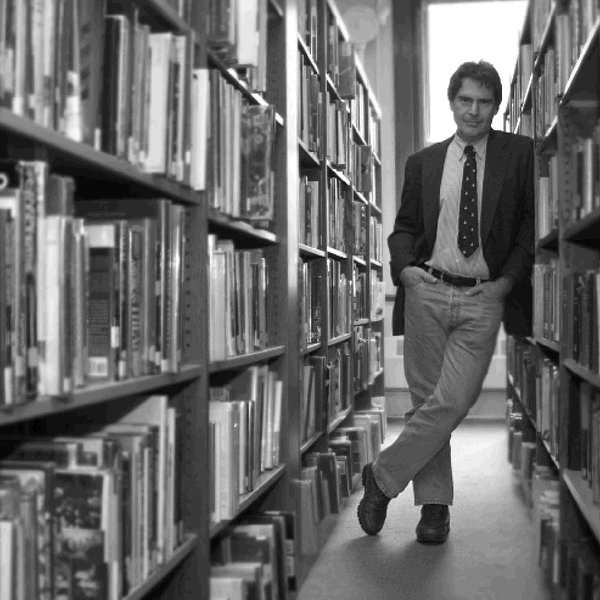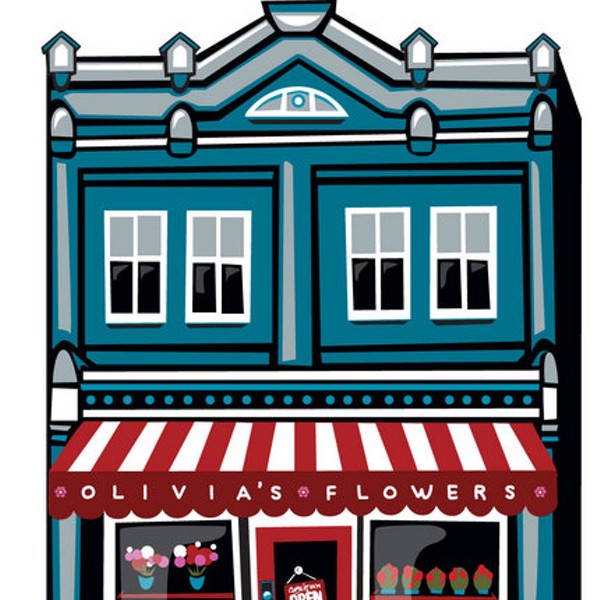Speaking broadly, one can separate your audience into two groups. There are those who believe that we live in a true democracy, not a corporatocracy, and there are those who subscribe to the darker (and, in your view, more accurate) narrative that corporations rule the world. Which group did you write Hoodwinked for?
That’s not how I operate. While I hope that both groups will read the book, I wasn’t targeting either of them. I wrote the book to go on record about what I think is wrong with the world. People like Tom Paine and Rachel Carson put their passion out there and let it produce whatever it produced. That’s my attitude, too. You need to have faith that the right people will read what you write. You need to have faith that if you put pen to paper, the truth will prevail.
For the last few years, I’ve been traveling the world giving speeches. Sometimes I speak to thousands of people, sometimes to 10. If I’m talking to 10 people, I’ll have faith that at least three of them will be the “right people”—people who will be influenced in a positive way. The fact is, we never know who’s listening. Who had heard of Barack Obama eight years ago? Maybe one of those 10 people is the next president!
Are you hopeful?
Yes. Things can change very fast, especially once the mental model shifts. Did you know that, when the car first came out, people thought that going so fast would cause serious brain damage? And yet look at where we are today.
I also believe awareness is growing that we have no choice but to take care of the planet—and this awareness isn’t only among progressives. Increasingly, I’m being asked to speak to conservative groups.
What gives you the most hope?
Young people, who strike me as increasingly committed to creating positive change. Five years ago, when I spoke with business school students, they were all about making lots of money. Now they want to help bring about a better world.
Another reason for hope is the huge changes I’ve seen in my lifetime. Here’s an example. A few years ago, I spoke with a Tibetan nomad who was lamenting that they’d never have telephones because they couldn’t run telephone poles so high into the mountains. Now they all have cell phones!
Third, because of those cell phones and the Internet, we’re all talking with one another, all realizing that we face the same crisis. We’re all beginning to understand that we live on a very tiny planet that is very fragile. We’ve never been connected like this before.
Finally, there’s China, which is rapidly becoming the world’s leading economic force and, according to the majority of students I spoke with while I was there last summer, is determined to be the greenest country on the planet.
One of your earlier books is called The World Is as You Dream It. The message I take from this is that if we want to change the world, we first need to change the stories inside our heads. What’s the relationship between consciousness change and social change?
The two are closely linked. But consciousness change alone isn’t enough. I once spent time with the Dalai Lama. Someone asked him what he thought about the value of praying for peace. His response was that it’s a good thing, but you can’t stop there. First you need to have a dream, then you need to meditate or pray on it, and then you need to take action.
When you talk, an image keeps coming to mind: the Declaration of Independence. I think it’s because of your affection for the term “We the People.”
You’re right, I do use the term a lot. Women didn’t get the vote because Woodrow Wilson was pro-women’s suffrage. They got it because they got out there and persuaded him to support them. We didn’t get out of Vietnam because Nixon was antiwar. We got out of Vietnam because We the People spoke up. There are hundreds of examples like this throughout history. It’s We the People who have always changed things.
















